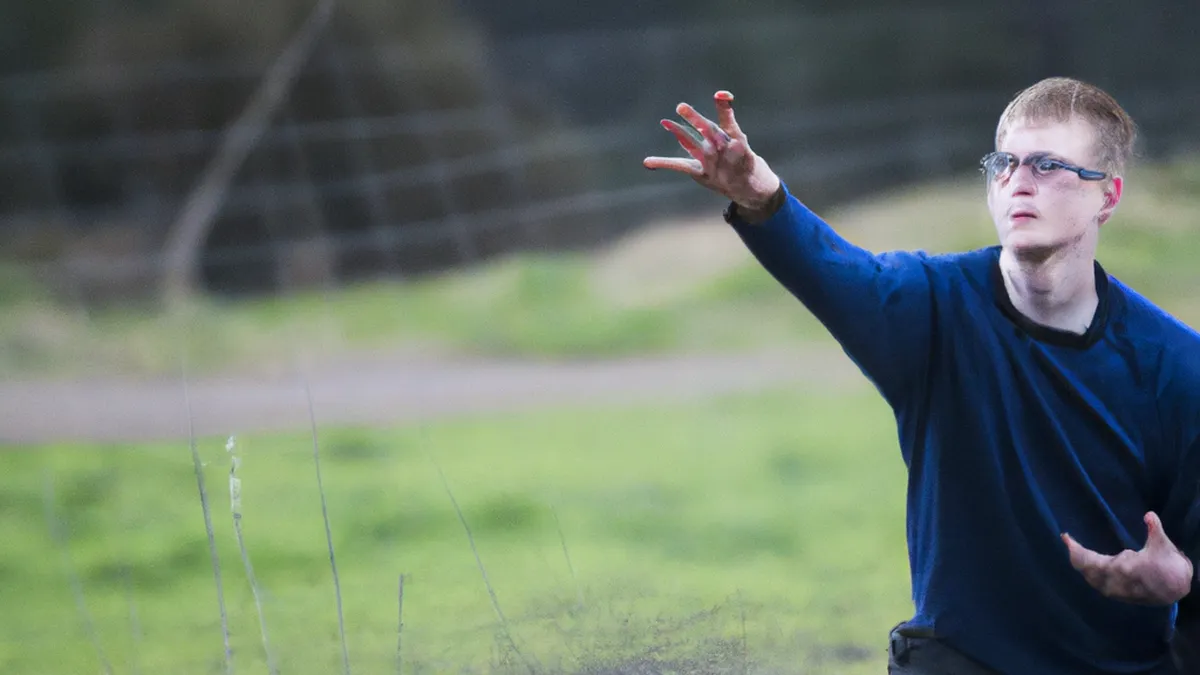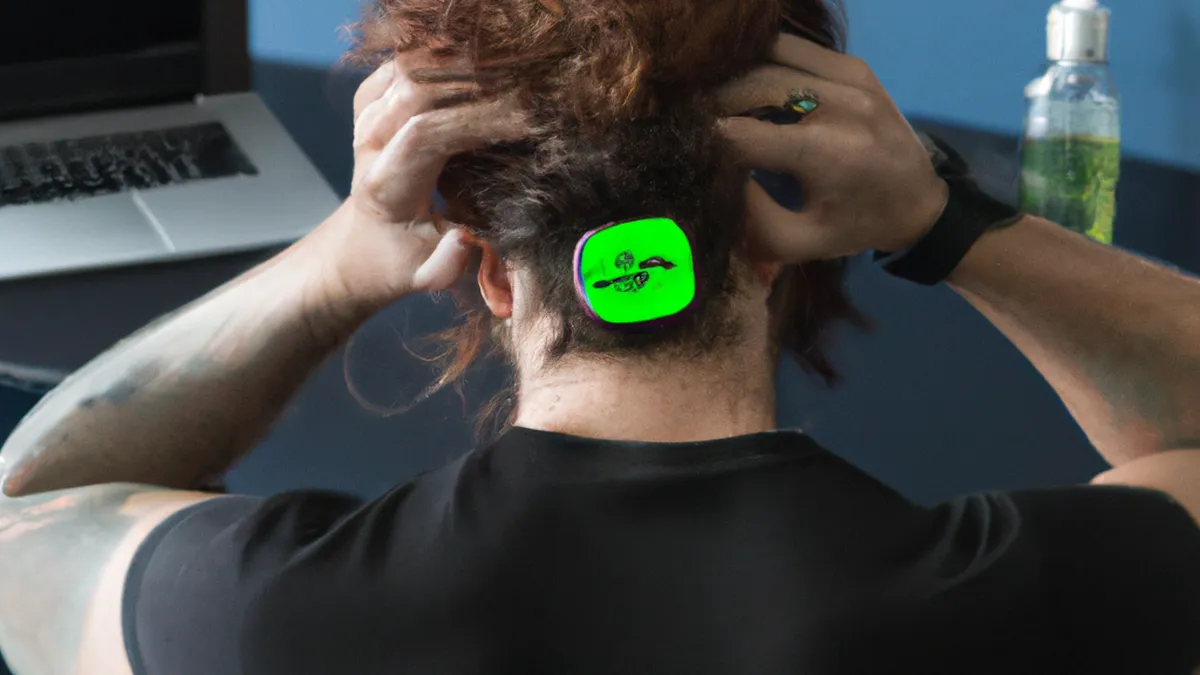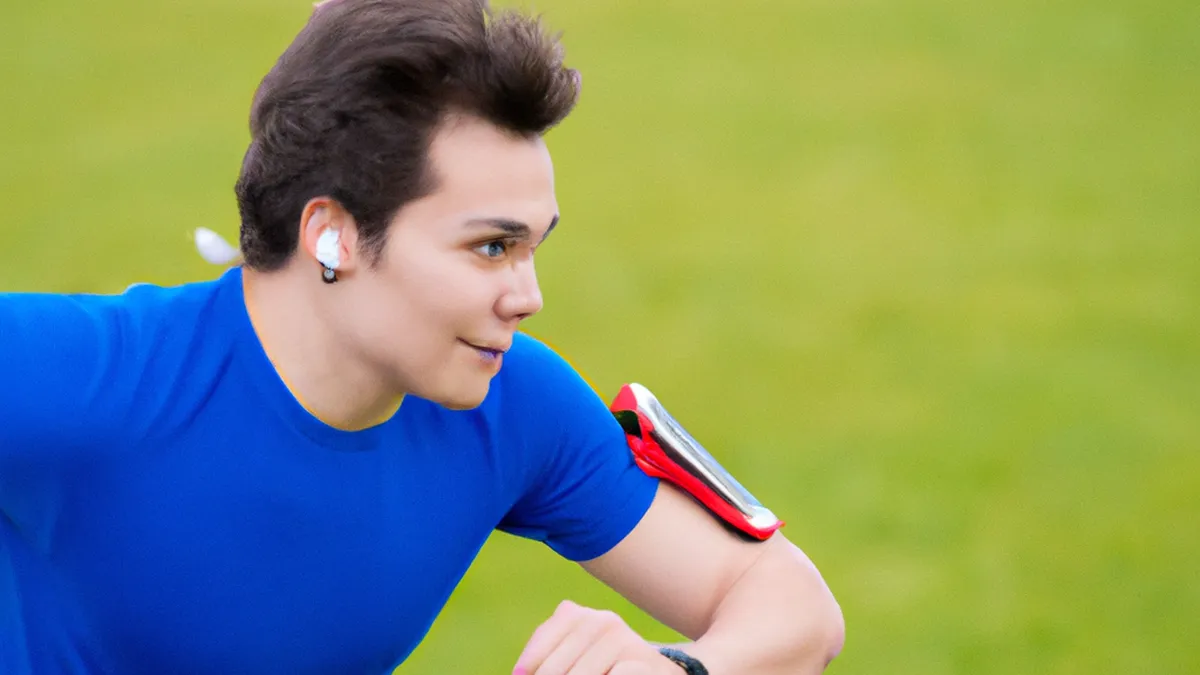Precision Passing: The Vital Role of Awareness
Improving Passing Precision Through Spatial AwarenessPassing precision is vital in sports like soccer and basketball. Athletes encounter opponents, teammates, and obstacles that challenge accurate passing. To enhance passing precision, players must boost their spatial awareness. This skill helps athletes understand their surroundings, identify openings, assess risks, and make quick decisions. In this post, we will provide tips and strategies to improve spatial awareness and passing precision.
As an Amazon Associate I earn from qualifying purchases.
Gear tip: consider multisport smartwatch, basketball, and cadence sensor to support this topic.
Understanding Spatial Awareness
Spatial awareness means perceiving and understanding one’s position relative to the environment and other players. It involves creating a mental map of the field or court, which aids in effective decision-making during gameplay. Strong spatial awareness enhances decision-making, allowing players to anticipate movements, react swiftly, and read the game accurately. Athletes with this skill navigate tight spaces, spot passing opportunities, and avoid turnovers.
Tips to Enhance Spatial Awareness
1. Visual Scanning
Visual scanning is crucial for improving spatial awareness. Players should regularly scan the field or court, even without the ball. This practice maintains awareness of teammates and opponents while identifying potential passing lanes. During gameplay, players often focus on the ball, leading to tunnel vision. Consistently scanning the environment trains athletes to quickly notice movements and positions, enhancing overall performance.
2. Use Peripheral Vision
Peripheral vision significantly contributes to spatial awareness. Noticing movements outside the direct line of sight can improve decision-making during play. Players should maintain awareness of their surroundings while engaging in drills or scrimmages. For instance, during practice, players can identify teammates and opponents in their periphery while dribbling or passing. This heightened awareness enables quicker decisions and precise passes.
3. Practice with Drills
Incorporating specific drills into practice routines effectively improves spatial awareness. Small-sided games create tight spaces that challenge players to find openings quickly. Such drills encourage quick thinking and decision-making under pressure. Include passing drills that require simultaneous movement and passing. For example, navigating through cones while passing enhances the ability to assess space and make accurate passes. Practicing in dynamic environments improves spatial awareness and passing precision.
4. Play Different Positions
Switching positions during practice enhances spatial awareness. Experiencing different roles on the field or court provides insights into various positions. For example, a forward playing as a defender gains a better understanding of defensive strategies. This insight helps players anticipate movements and passing opportunities from multiple perspectives, ultimately improving overall game awareness.
Advice for Effective Practice
Always communicate with teammates during practice. Discussing strategies and observations improves team dynamics and enhances spatial awareness. Focus on maintaining a fluid rhythm during drills to encourage seamless passing. Regularly review gameplay footage to identify areas for improvement. Encourage self-reflection among players to foster growth.
Conclusion
Improving spatial awareness enhances passing precision. By practicing visual scanning, using peripheral vision, engaging in drills, and playing different positions, athletes can elevate their game. These strategies lead to better decision-making and more accurate passes.
Below are related products based on this post:
FAQ
Q1: Why is passing precision important in sports?
A1. Passing precision is crucial in sports like soccer and basketball as it directly impacts a team’s ability to score and maintain possession. Accurate passes allow players to navigate through opponents and obstacles effectively, leading to better scoring opportunities and reduced turnovers.
Q2: What is spatial awareness in the context of sports?
A2. Spatial awareness refers to the ability to perceive and understand one’s position relative to the environment and other players. It involves creating a mental map of the playing area, which enhances decision-making and allows athletes to anticipate movements and react quickly during gameplay.
Q3: How can athletes improve their spatial awareness?
A3. Athletes can enhance their spatial awareness through various methods such as visual scanning, utilizing peripheral vision, practicing specific drills, and playing different positions. These strategies help players identify passing opportunities, assess risks, and make quicker decisions on the field or court.















Post Comment